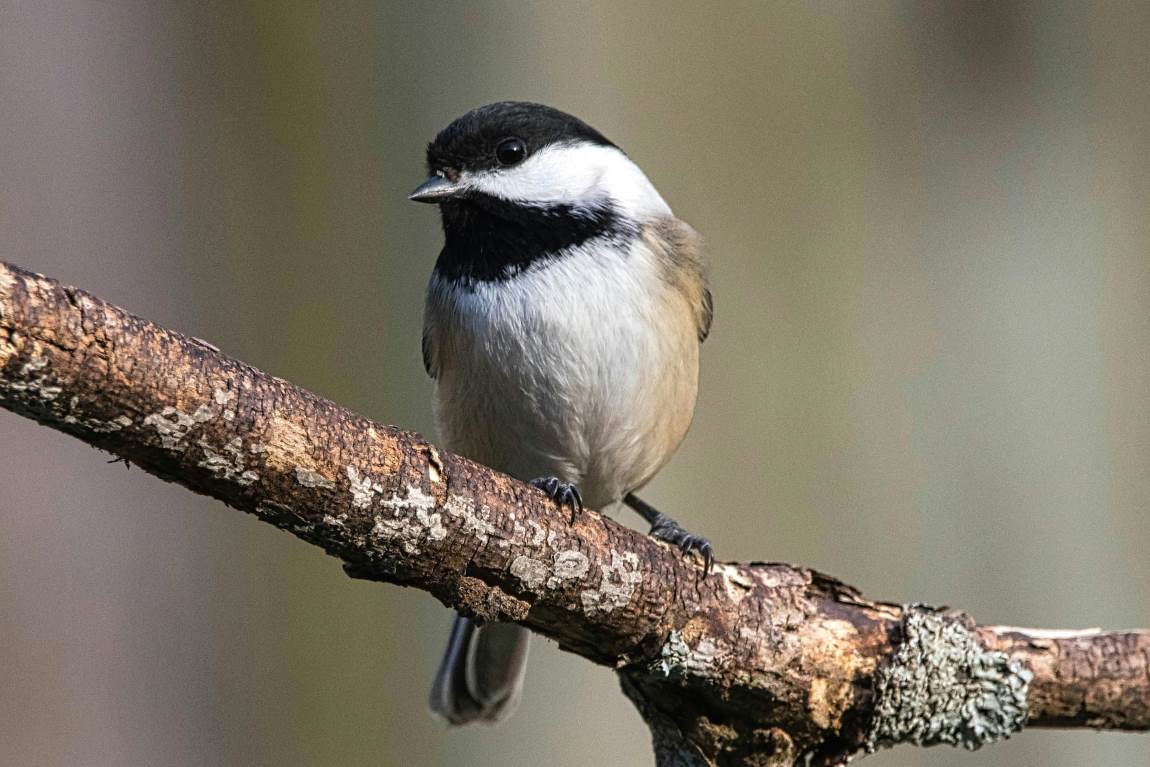A new study from the University of Vermont (UVM) offers a fresh perspective on urban bird populations, revealing that certain species may adapt more flexibly to environmental changes in cities than previously assumed.

Led by Harold Eyster, a climate scientist with the Nature Conservancy, the research focuses on how well space-for-time substitutions – a method predicting future species numbers based on current habitat data – hold up over time.
The study’s findings, published in the Journal of Animal Ecology, suggest that habitat–bird relationships in urban areas might not be as fixed as these models imply, creating potential for city-based planting efforts to support vulnerable populations.
The researchers analyzed data from bird breeding surveys conducted in Vancouver metro area, Canada, from 1997 to 2020. Using satellite images, photos, and machine learning to evaluate land cover changes, Eyster and his team documented a 26% decline in the total bird population, with dramatic losses among species like house sparrows, barn swallows, and starlings. Surprisingly, while habitat shifts contributed to these declines, they did not fully account for them, hinting that current ecological models might exaggerate the role of habitat changes in population shifts.
“It’s not consistent,” said Eyster, who conducted the research while at UVM’s Gund Institute for Environment. “It might be a signal that maybe we should be thinking about expanding some of the surveys that we are supporting. (…) We are measuring one thing – breeding birds – but birds have to survive the rest of the year too. So, we have to also think about protecting areas and conserving landscapes that are going to help them the rest of the year.”
The study notes significant reshuffling within Vancouver’s urban bird species.
By 2020, native species like chickadees and bushtits replaced nonnative species, such as swallows and sparrows, among the five most common species. The researchers also noted population increases in birds like the northern flicker. Such variations suggest that birds may respond to urban environmental changes in ways not fully predicted by space-for-time models, which use single snapshots of habitat data to project future trends.
Brian Beckage, co-author and professor at UVM, emphasizes the challenges of relying on single-time-point models to explain complex ecological systems. “Whenever you’re fitting a model to a dataset at one point in time, there are a lot of other things going on in the environment (…) and so you’re conditioning on a lot of things that you’re not really aware you’re conditioning on,” Beckage explained.
The study’s funding from Environment and Climate Change Canada aimed to assess whether urban planning interventions, such as city planting, could offer nature-based climate solutions with benefits for both people and wildlife.
Eyster and Beckage’s previous research found that planting conifers can cool urban areas during heat waves, offering a climate buffer for both human and avian populations. Trees and green spaces also absorb carbon, provide shade, and create habitats that sustain local biodiversity, Beckage noted, highlighting a broad range of potential advantages.
“It can improve the quality of the environment for people; it can directly mitigate climate change because trees absorb more carbon; it can mitigate local effects of climate change like heat because it provides more shade,” Beckage said. “It can also provide more habitat for birds. It also gives people agency to make the world better in all these different ways by doing something that’s not that hard to do.”
The study also underscores the need for long-term studies to capture how bird-habitat relationships evolve.
Eyster replicated bird surveys from the 1960s and 1970s in 2020, extending observations beyond the breeding season and revealing that urban birds may display flexible, seasonally adaptive behaviors previously undocumented. These adaptations suggest that some bird species may have greater resilience to urban changes than reflected in breeding bird counts alone.
“A lot of our ideas about birds are based on people going out in the 1900s, or even earlier,” Eyster said. “But … birds are smart. They are flexible. They are able to culturally adapt. Part of what my research is to be really open to that and not assume that birds are going to eat the same things that they did in the ’60s when forests were different.”
The Pacific Wren, a species once thought to favor dense forests, was found in surprising habitats during the colder months, such as suburban cedar hedgerows. “They’re moving into people’s cedar hedgerows in their yards. They move into these completely different landscapes,” Eyster noted. This movement highlights how urban birds may exploit available resources across different seasons, possibly thriving in spaces previously dismissed as insufficient habitat.
Eyster’s findings advocate for a new perspective in urban conservation, where city planners might consider “in-between” spaces such as residential yards and neighborhood shrubbery as essential habitats.
Although sprawling forests are critical during breeding seasons, these smaller, scattered green areas can supply valuable food sources – berries, seeds, and insects – at other times of the year.
The team cautions that, while climate change undoubtedly plays a role in population declines, factors such as habitat loss, food availability, and competition from invasive species also contribute. Addressing these interconnected issues requires untangling the nuanced web of environmental and anthropogenic factors that impact urban wildlife.
Eyster is hopeful that cities will embrace a more integrated approach to conservation. “One of the things that I am interested in is thinking about ways to disentangle some of those things,” he said.
By identifying adaptable strategies within city planning, he argues, urban areas could become active contributors to biodiversity, helping sustain resilient bird populations even in the face of global environmental challenges.
Journal Reference:
Harold N. Eyster, Kai M. A. Chan, Morgan E. Fletcher, Brian Beckage, ‘Space-for-time substitutions exaggerate urban bird–habitat ecological relationships’, Journal of Animal Ecology (2024). DOI: 10.1111/1365-2656.14194
Article Source:
Press Release/Material by University of Vermont
Featured image credit: Jack Bulmer




